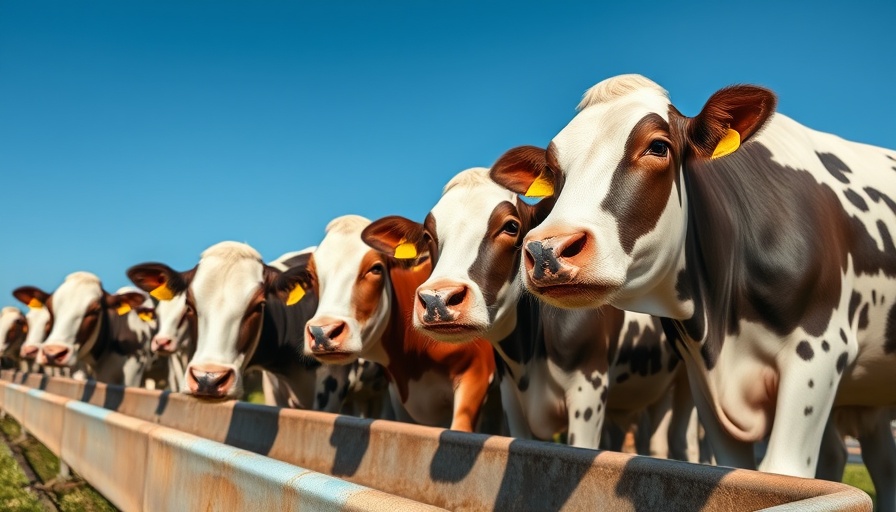
Understanding Avian Influenza A(H5N1) Virus
As pet owners, we often prioritize the well-being of our furry friends, but it’s equally important to stay informed about potential health risks in our environment. The Highly Pathogenic Avian Influenza A(H5N1) virus is primarily known for affecting birds, yet its implications for our pets and human health cannot be ignored. Although human infections are rare, the virus can have severe outcomes, warranting awareness and understanding.
Importance of Awareness for Pet Owners
Since its emergence, the H5N1 virus has affected not just birds but has also been linked to occasional human infections stemming from exposure to sick or dead poultry. The CDC highlights that individuals, including pet owners, who might come into contact with infected birds or environments need to take precautions. By ensuring that we’re educated about HPAI A(H5N1), we can better protect our pets and ourselves.
Preventive Measures Everyone Should Know
Protecting our pets begins with understanding how to avoid exposure. Here are essential recommendations from public health guidelines:
- Use personal protective equipment (PPE) when dealing with sick or dead birds.
- Keep pets away from wild birds and their droppings, particularly in areas where outbreaks have been reported.
- Monitor your pets for unusual symptoms, such as respiratory distress or lethargy.
These measures not only protect our pets but also prevent inadvertent exposure to their human companions.
Monitoring and Response: Protecting Our Furry Friends
It’s crucial to maintain awareness about your animals’ interactions, especially if they roam outdoors. Take note of any changes in behavior or health, and consult your veterinarian if you suspect exposure to the H5N1 virus or any virus affecting birds.
Immediate action can mitigate risks, with pet owners encouraged to promptly report unusual pet illnesses to their vets and monitor local wildlife reports. The CDC and other animal health authorities continuously update guidance based on the evolving situation surrounding HPAI.
Understanding the Risks for Various Pets
Different species may respond differently to viral infections. While dogs and cats are somewhat less susceptible than birds, they can still become ill if exposed to contaminated environments. Understanding the signs of avian influenza is key. Look for symptoms like fever, coughing, or rapid breathing in your pets, and seek veterinary advice immediately if you notice anything concerning.
Future Trends: The Ongoing Need for Vigilance
With the recent cases of human infections reported in the U.S., it is evident that public vigilance remains critical. As we navigate our day-to-day lives, pet owners must remain informed about outbreaks and health advisories. The ongoing monitoring of HPAI A(H5N1) viruses and their potential impact on both animals and humans highlights a new era of awareness and responsibility.
Actionable Insights for Pet Owners
As responsible pet owners, there are a few proactive steps we can take:
- Educate yourself about the symptoms of avian influenza in birds and domestic animals.
- Stay updated with health advisories and reports in your area.
- Establish safe practices for your pets when outdoors, especially during known outbreaks.
With awareness, we can enhance the safety and health of our pets and families. Remember that while we enjoy nature and the company of pets, caution is paramount.
In conclusion, keeping informed about health risks such as the H5N1 virus is a key to protecting our pets and ourselves. By adopting preventive measures and staying vigilant, we can mitigate potential threats and ensure the health and safety of our furry companions as well as our own.
 Add Row
Add Row  Add
Add 




Write A Comment